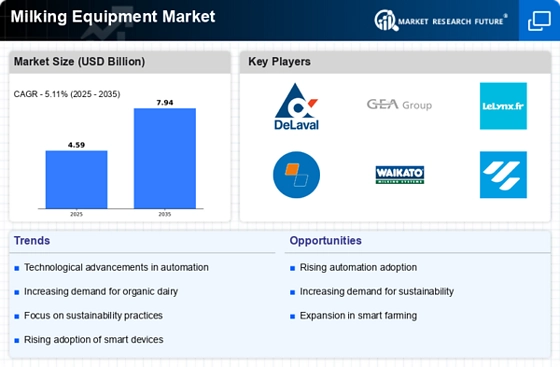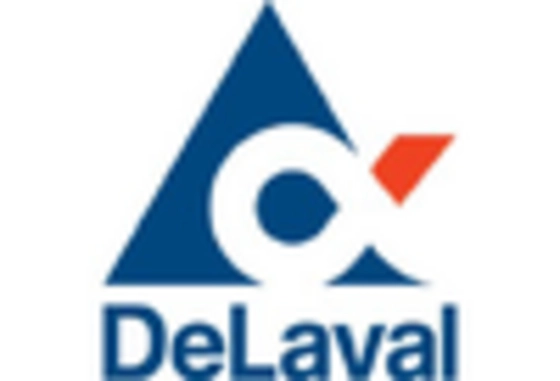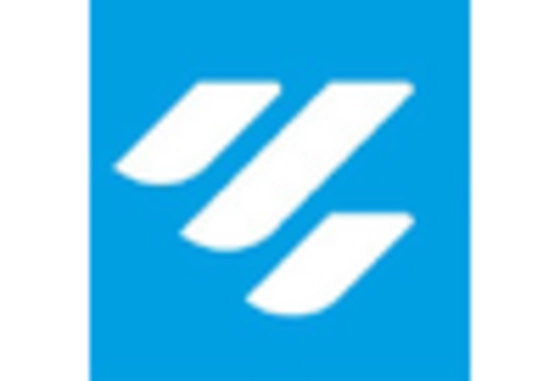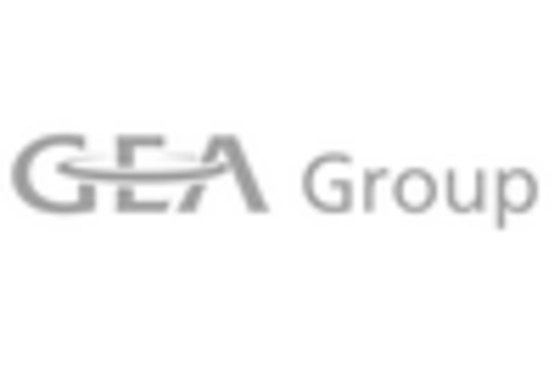Increasing Demand for Dairy Products
The rising global population and changing dietary preferences are driving an increased demand for dairy products. This trend is particularly evident in developing regions where dairy consumption is on the rise. As a result, the Milking Equipment Market is experiencing heightened demand for efficient and advanced milking systems to meet production needs. According to recent data, the dairy sector is projected to grow at a compound annual growth rate of approximately 3.5% over the next few years. This growth necessitates the adoption of modern milking technologies that enhance productivity and ensure quality, thereby propelling the Milking Equipment Market forward.
Rising Awareness of Animal Welfare Standards
The increasing emphasis on animal welfare is reshaping the Milking Equipment Market. Consumers are becoming more conscious of the conditions under which dairy animals are kept, leading to a demand for equipment that promotes better animal care. Milking systems that reduce stress and discomfort for cows are gaining traction, as they are seen as essential for ethical dairy farming. This trend is prompting manufacturers to innovate and develop milking equipment that adheres to higher animal welfare standards. As awareness continues to grow, the Milking Equipment Market is likely to see a shift towards products that prioritize animal health and well-being, influencing purchasing behaviors and market trends.
Technological Innovations in Milking Equipment
Technological advancements play a pivotal role in shaping the Milking Equipment Market. Innovations such as automated milking systems, sensors, and data analytics are transforming traditional milking practices. These technologies not only improve efficiency but also enhance milk quality and animal health. For instance, automated milking systems can increase milking efficiency by up to 30%, allowing farmers to manage larger herds with less labor. The integration of IoT in milking equipment enables real-time monitoring of herd health and milk production, which is becoming increasingly essential in modern dairy farming. This trend indicates a strong future for the Milking Equipment Market as producers seek to optimize operations.
Focus on Sustainability and Eco-Friendly Practices
Sustainability has emerged as a critical driver in the Milking Equipment Market. With growing awareness of environmental issues, dairy producers are increasingly adopting eco-friendly practices. This includes the use of energy-efficient milking equipment and waste management systems that minimize environmental impact. The demand for sustainable dairy production is reflected in consumer preferences, with many willing to pay a premium for products that are produced sustainably. As a result, manufacturers in the Milking Equipment Market are innovating to create equipment that not only meets production needs but also aligns with sustainability goals. This shift is likely to influence purchasing decisions and market dynamics in the coming years.
Government Support and Subsidies for Dairy Farming
Government initiatives and subsidies aimed at supporting the dairy sector are significantly influencing the Milking Equipment Market. Many governments recognize the importance of dairy farming for food security and rural development, leading to financial support for farmers to upgrade their milking equipment. Such initiatives can include grants, low-interest loans, and tax incentives for adopting modern milking technologies. This support not only encourages farmers to invest in advanced milking systems but also stimulates growth within the Milking Equipment Market. As policies continue to evolve, the impact of government support on market dynamics is expected to remain substantial.

















Leave a Comment